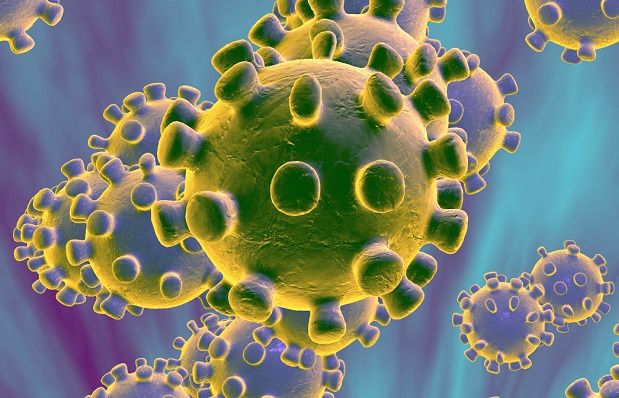New Delhi, Sept 14: The Rajasthan police has given a clean chit to the six people who were named by Pehlu Khan as being responsible for his lynching, according to media reports.
In April, Pehlu Khan was brutally beaten up by cow vigilantes in Rajasthan's Alwar district and died in a hospital where he was admitted for treatment. Khan and four others were injured when a mob attacked nearly 15 persons hailing from Haryana, while transporting cows in vehicles on the Behror highway in Alwar district. As many as 16 people were allegedly transporting 36 bovine animals illegally in six pick up vans.
Before dying, Khan made a statement to the police in which he named Hukum Chand, Navin Sharma, Jagmal Yadav, Om Prakash, Sudheer and Rahul Saini as those who had attacked him. On Thursday however, Alwar Superintendent of Police Rahul Prakash said that the reward announced on each of the accused was withdrawn as the investigation had found them not guilty.
Prakash said, "We have withdrawn the reward against the six persons after an investigation by CB-CID into their role." Rajasthan CB-CID has been investigating the case ever since it was transferred to them from Alwar police in July.
The statements of witnesses in the case including policemen and the employees of the Rath Gaushala indicate that none of the accused was present at the time of the attack. Call record details of the six people along with Base Transceiver Station (BTS) location of mobiles further support this.... Based on the findings of the investigating officer, it is hereby recommended that the names of the six accused be removed from the case as they have been found not guilty."
Further reported that the case will continue against nine other people whom the police identified from the video of the attack that was circulated on social media.
Police sources said that there was no corroborative evidence to prove that the six men given clean chit were part of the group which had attacked Pehlu Khan as the video evidence did not show them. Cellphone GPS data also shows that they were not at the spot where the attack took place.
Khan's son Irshad Khan said that "the 6 people let off were present there when my father was murdered. Rajasthan police not doing a good job.
The development was also met by outrage in civil rights groups as People's Union for Civil Liberties (PUCL) — who spearheaded a campaign for getting justice to the victims — said that the police were protecting the accused. "The CID-CB is under direct control of the Home Minister. Its blatant bias is very obvious," said PUCL president Kavita Srivastava.






Comments
Insha Allah, Allah will punish them infront of every one.
Add new comment